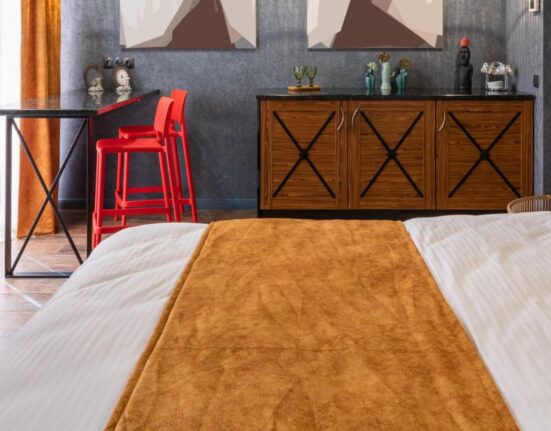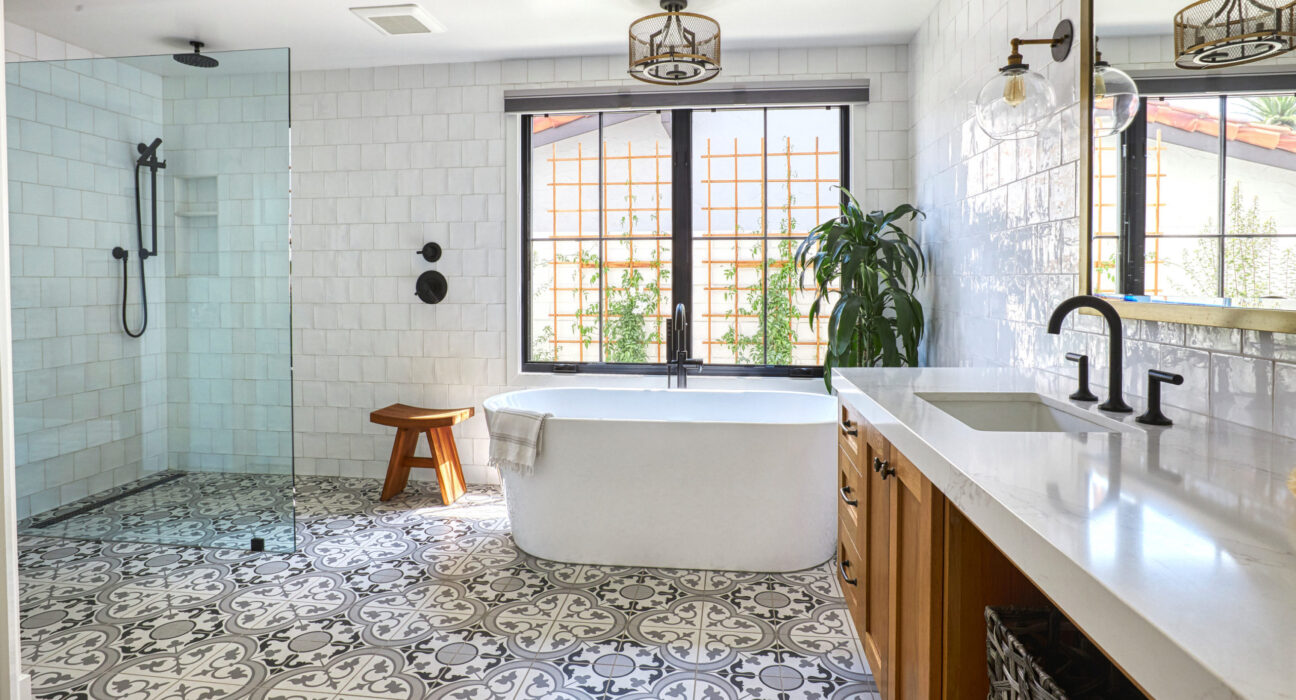As the morning sun filters through the bathroom window, you step into your walk-in shower, the soft patter of water creating a soothing soundtrack for the start of your day. No cumbersome shower curtain to wrestle with, no high tub edge to step over—just a seamless entry into a space that feels more like a spa than a traditional bathroom. This is the experience that walk-in showers offer, blending luxury with functionality to cater to modern aesthetics and practical needs.
The rise of walk in showers is more than just a design trend; it reflects a broader shift toward convenience, accessibility, and elegance in home design. Whether you’re remodeling your entire bathroom or simply updating the shower, understanding the benefits and features of walk-in showers can help you make an informed decision that enhances your lifestyle and your home’s value.
The Popularity of Walk-In Showers: A Growing Trend
The demand for walk-in showers has surged in recent years, driven by a desire for modern, accessible, and stylish bathroom spaces. According to the National Kitchen and Bath Association (NKBA), 65% of homeowners prefer a walk-in shower over a traditional tub or shower-tub combination when remodeling their bathrooms. This shift is partly due to the aging population, as walk-in showers offer barrier-free entry, making them a practical choice for seniors or those with mobility issues.
Additionally, a 2023 survey by Houzz found that nearly 70% of bathroom renovations now include the installation of a walk-in shower. Homeowners cite the clean, open design and improved accessibility as key reasons for the upgrade. The trend is powerful among younger homeowners who prioritize sleek, minimalist designs that maximize space.
Critical Benefits of Walk-In Showers
- Enhanced Accessibility
One of the primary advantages of a walk-in shower is its accessibility. With no high edge or barrier to step over, these showers are ideal for individuals of all ages and abilities. For those with mobility challenges, a walk-in shower can be equipped with grab bars, built-in seating, and non-slip flooring to ensure safety without sacrificing style.
Stat: The Centers for Disease Control and Prevention (CDC) reports that 1 in 4 adults over 65 falls yearly, often in the bathroom. A walk-in shower can significantly reduce this risk, making it an intelligent choice for aging in place.
- Modern Aesthetics
Walk-in showers are synonymous with modern bathroom design. Their sleek, frameless glass enclosures and seamless tile work create an open, airy feel that can make even small bathrooms appear more prominent. Whether your style is minimalist, industrial, or spa-like, a walk-in shower can be customized to fit your aesthetic vision.
Tip: To enhance the spacious feel of your walk-in shower, consider using large-format tiles and a frameless glass door. This design choice reduces visual clutter and allows light to flow freely throughout the space.
- Increased Home Value
Investing in a walk-in shower can also increase your home’s value. According to the National Association of Realtors (NAR), bathroom remodels offer a return on investment (ROI) of up to 70%, with walk-in showers being one of the most sought-after features. Potential buyers often view walk-in showers as a luxurious upgrade, making your home more attractive.
- Versatility in Design
Walk-in showers offer unparalleled versatility in design. From the choice of tile and fixtures to the configuration of the shower space itself, you have complete control over the look and functionality. You can opt for a doorless design for a genuine open concept or include a sleek, frameless glass door for a more enclosed feel. The ability to customize the layout, materials, and accessories ensures that your walk-in shower meets your specific needs and preferences.
Story Idea: Imagine transforming your outdated bathroom into a modern sanctuary. You choose calming neutral tiles, install a rainfall showerhead, and add a built-in bench. The result? A spa-like retreat that elevates your daily routine and enhances the overall value of your home.
Designing Your Walk-In Shower: Essential Considerations
- Space and Layout
Space is a crucial factor when planning a walk-in shower. Larger bathrooms can accommodate more expansive shower areas, while smaller spaces require smart design solutions to maximize efficiency without compromising style. Even in compact bathrooms, a walk-in shower can make the space feel more open compared to a traditional tub-shower combo.
Stat: According to a Home Innovation Research Labs study, 85% of homeowners with walk-in showers report increased satisfaction with their bathroom layout, citing the open design as a critical factor.
- Material Selection
The materials you choose for your walk-in shower can significantly impact its appearance and durability. Porcelain and ceramic tiles are famous for their water resistance and various design options. Natural stone tiles like marble or travertine can be used for a more luxurious feel, though they require more maintenance.
Tip: Consider large-format tiles with minimal grout lines for a low-maintenance option. This not only creates a sleek look but also makes cleaning easier.
- Drainage and Waterproofing
Proper drainage and waterproofing are essential to prevent water damage and ensure the longevity of your walk-in shower. Linear drains are popular for walk-in showers, offering a modern look and efficient water flow. Additionally, waterproofing membranes should be installed beneath the tile to protect the underlying structure from moisture.
- Lighting and Ventilation
Good lighting is critical to enhancing the functionality and ambiance of your walk-in shower. Consider installing recessed lighting in the shower ceiling or incorporating LED strip lighting along niches and shelves for a modern touch. Ventilation is equally important to prevent mold and mildew, so include an exhaust fan with adequate capacity for your bathroom size.
Walk-In Showers vs. Traditional Showers: A Comparative Look
It is essential to weigh the pros and cons of each when deciding between a walk-in shower and a traditional shower-tub combination.
Advantages of Walk-In Showers:
- Accessibility: It is easier to enter and exit, especially for those with mobility issues.
- Aesthetics: Offers a modern, open design that enhances the look of your bathroom.
- Customization: Allows for greater flexibility in design, materials, and features.
- Space Efficiency: This can make small bathrooms feel more extensive and more open.
Disadvantages of Walk-In Showers:
- Cost: Typically more expensive to install due to the need for custom work and materials.
- Lack of Bathing Option: It does not provide a bathtub, which some homeowners and potential buyers may prefer.
Advantages of Traditional Showers:
- Cost-Effective: Generally less expensive to install than a walk-in shower.
- Versatility: Combines a shower and a tub, offering both bathing and showering options.
Disadvantages of Traditional Showers:
- Accessibility: High tub walls can be challenging for people with mobility issues.
- Outdated Aesthetics: Often perceived as less modern, which can affect the bathroom’s overall appeal.
Frequently Asked Questions (FAQ)
Q1: Are walk-in showers suitable for small bathrooms?
A: Walk-in showers are an excellent choice for small bathrooms. Their open design creates a sense of space, and with proper planning, even compact bathrooms can accommodate a stylish and functional walk-in shower.
Q2: How much does it cost to install a walk-in shower?
A: The cost can vary depending on size, materials, and customization. On average, a walk-in shower installation can range from $5,000 to $15,000. While the upfront cost is higher, the investment often pays off in increased home value and enhanced usability.
Q3: Can I convert my existing tub into a walk-in shower?
A: Yes, many homeowners choose to convert their existing tub into a walk-in shower. This process typically involves removing the tub, installing proper drainage, and selecting new shower walls and floor materials. It’s a popular option during bathroom remodels.
Q4: What are the best materials for a walk-in shower?
A: Porcelain or ceramic tiles are durable and water-resistant, making them ideal for walk-in showers. Natural stone tiles like marble are an excellent choice for a more luxurious feel, though they require more maintenance.
Q5: How do I ensure my walk-in shower is safe?
A: To enhance safety, consider installing non-slip flooring, grab bars, and built-in seating. Additionally, proper waterproofing and drainage must be ensured to prevent water-related accidents.














